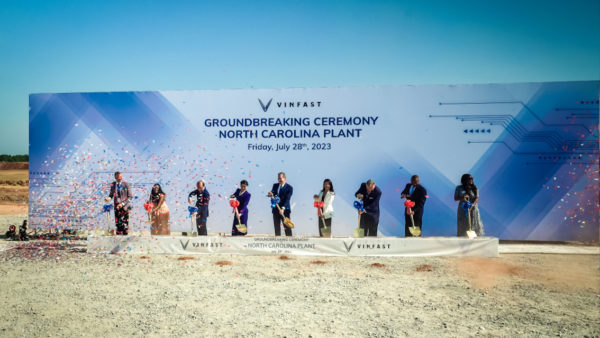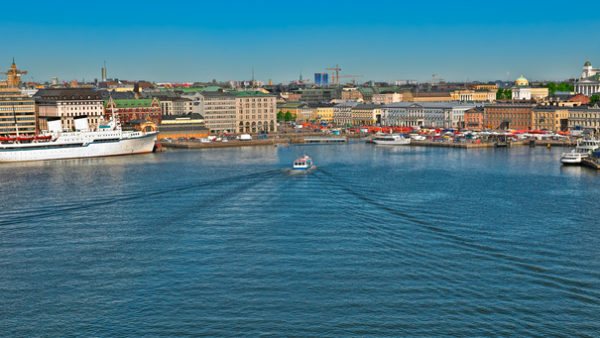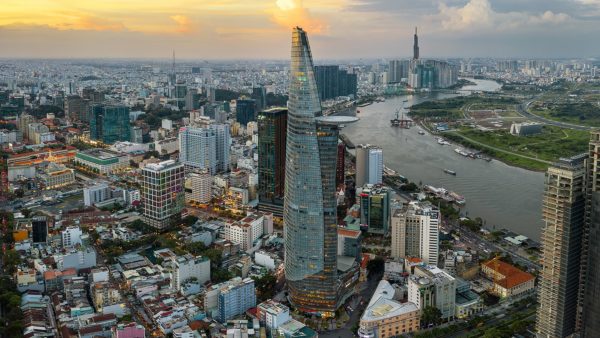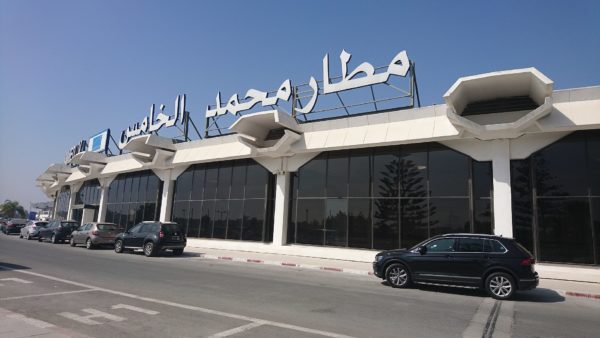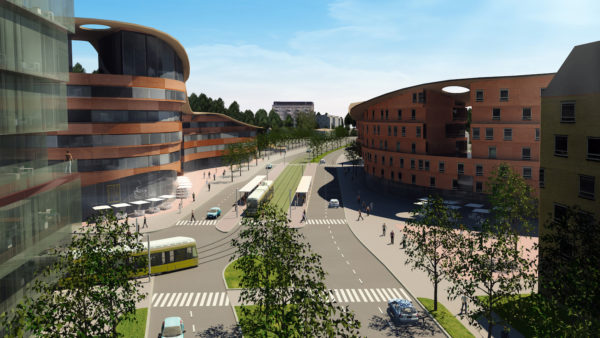The World Bank has agreed to fund a project to build a double-decker toll motorway between the Jomo Kenyatta International Airport in Kenya and the Nairobi-Nakuru highway as part of an ambitious programme of works to decongest Nairobi.
Traffic congestion in the city can reach extreme levels. In November last year, a 50km jam formed on the road to Mombasa, and some motorists were forced to spend more than two days in their cars. A few years before that, an IBM "commuter pain" survey found that Nairobi had the fourth worst traffic congestion in the world, after Mexico City, Shenzhen and Beijing.
Last year, the Kenyan government formed the National Urban Transport Improvement Project to improve the situation. A statement by the World Bank said it would give $300m to the scheme, and that another $113m would be supplied by Kenya.
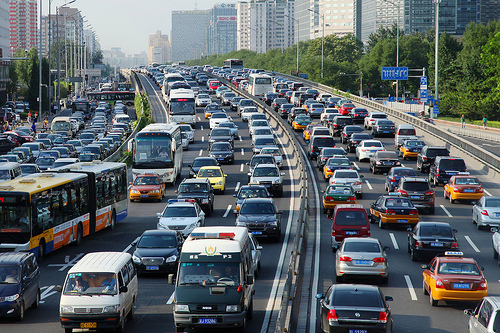
The world’s fourth worst city to get to work, according to IBM (World Bank)
This will be spent on doubling the capacity of the A104 Uhuru highway, which leads from the airport to Nairobi’s financial district, as well as initiating rapid bus systems and commuter rail projects.
The loan will be made by the International Development Association, the element of World Bank Group that deals with the poorest countries. Repayment will be over 40 years with a grace period of 10 years.
Johannes Zutt, the bank’s country director for Kenya, said: "Developing countries like Colombia, Mexico and Nigeria have embraced mass public transit systems as they transitioned to middle-income status, and it is now time for Kenya to follow their example."
Construction work on the Uhuru’s second level is set to begin by the end of 2016.
It is expected to be designed and built by the China Wu Yi Company, which is the overseas arm of the Fujian Construction Engineering Group. It will be overseen by agencies working for the Ministries of Roads and Transport, including the Kenya National Highways Authority, the Kenya Urban Roads Authority and the Kenya Railways Corporation.
Peter Mundinia, the director-general at Kenya National Highways Authority, told African Construction Review Online: "We are now in a commitment to ensure that we see the project running as we have already signed a preliminary agreement with the World Bank and we expect to finalise discussions by December."
He said the elevated dual carriageway would to be built in three phases, beginning with a 6.5km stretch from the airport to the southern bypass interchange.
The second, 12km, stretch will connect that with James Gichuru Road junction on Waiyaki Way in Westlands, while the last section will run from James Gichuru Road to Rironi, on Nairobi-Nakuru highway.
Toll charges are expected to be between 500 and 1,000 Kenyan shillings ($5-10) – a considerable sum given that Kenya’s per capital GDP is around $1,200 a year. Â
The World Health Organisation estimates that road accidents kill 29 Kenyans per 100,000 of population per year, the 16th highest in the world (the equivalent figure for the UK is 2.9). The government estimates that traffic jams cost 50 million shillings ($578,000) a day in lost productivity in Nairobi.





